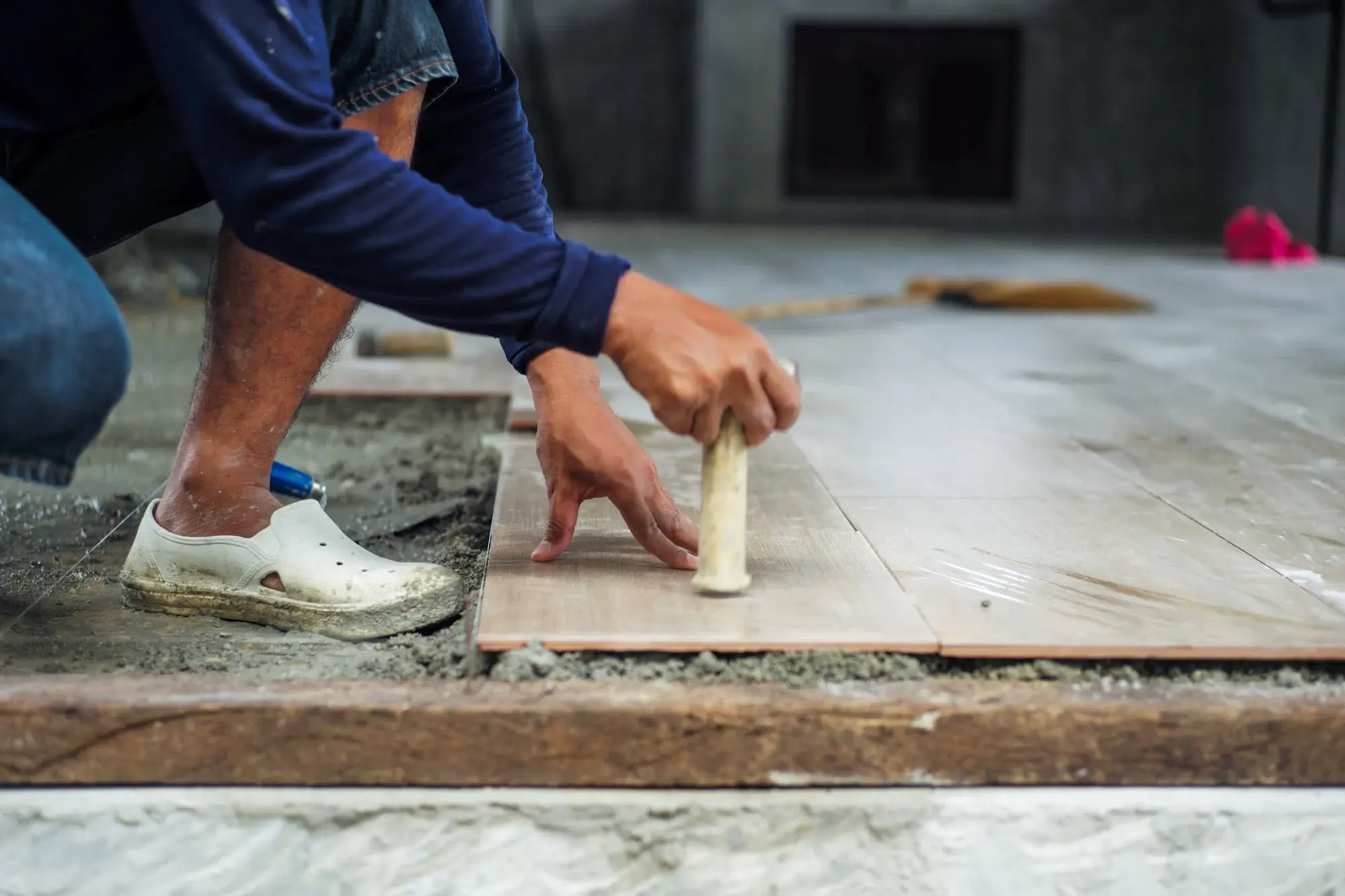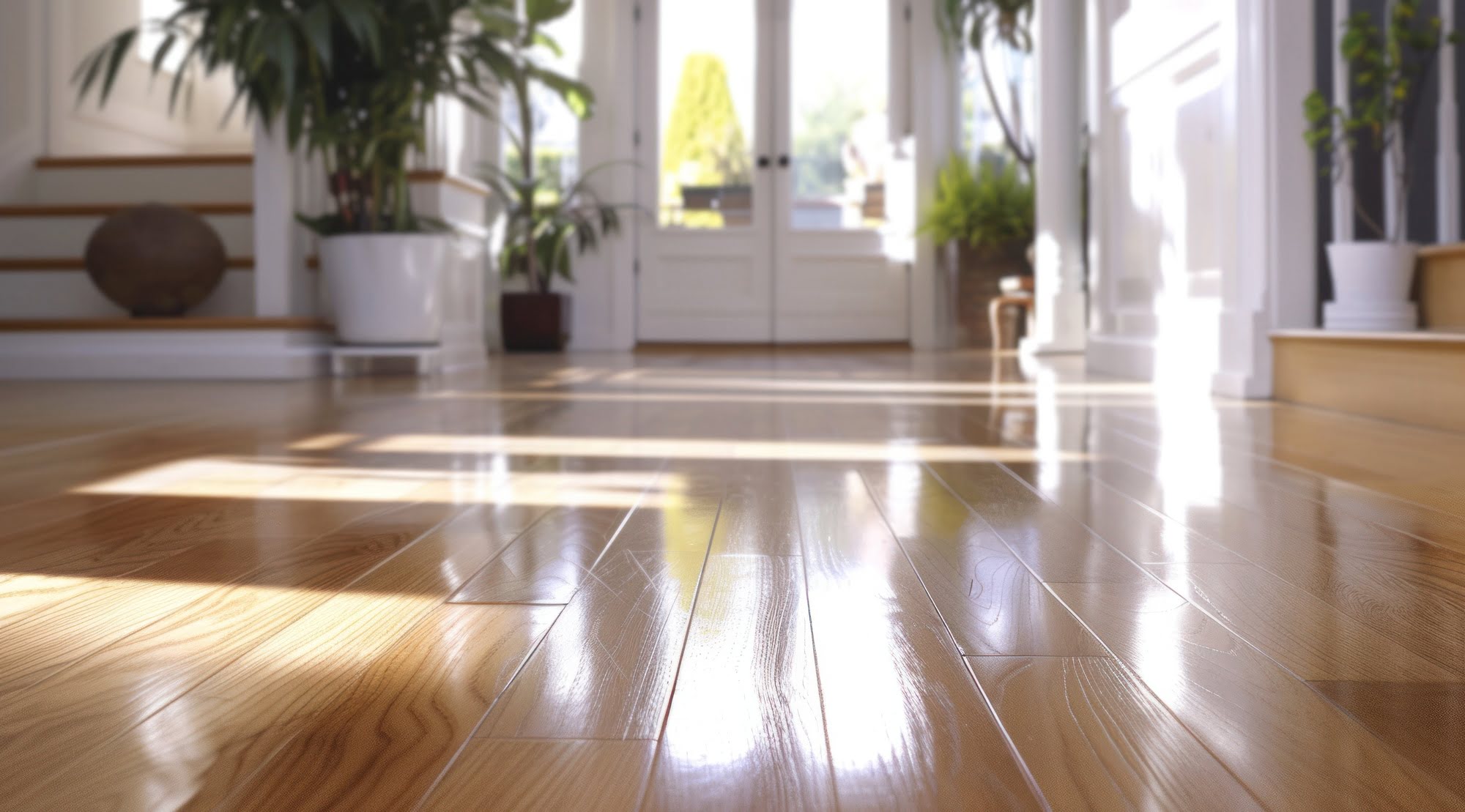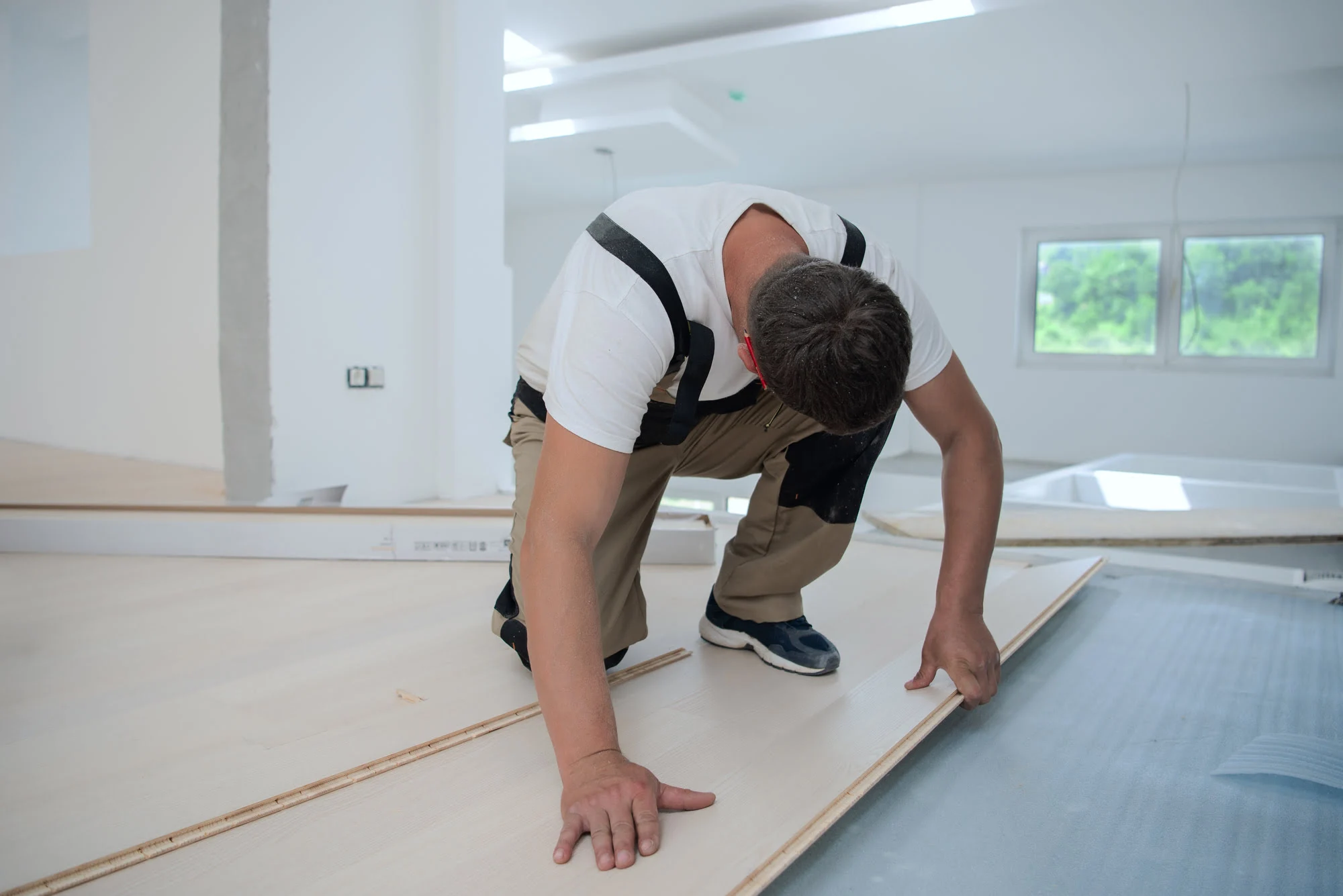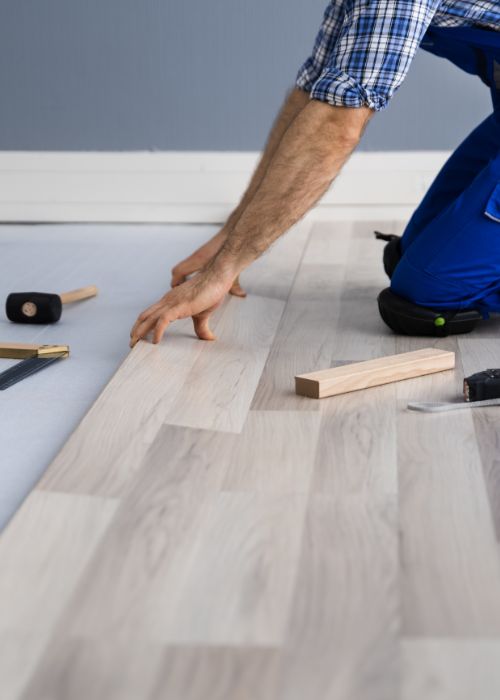Hardwood floors bring timeless beauty and warmth to any home. Their longevity, easy maintenance, and ability to blend well with various interior designs are unmatched. However, to enjoy the benefits a hardwood floor offers, it needs to be installed right.
To ensure you get a highly functional floor, we’ve listed seven common mistakes you need to avoid during the installation process.
Key Takeaways:
- The hardwood installation process requires careful planning and execution to guarantee a durable and beautiful floor.
- Failing to acclimate the wood, using improper tools, inadequate subfloor preparation, and rushing the process are some of the common mistakes you need to look out for.
Table of Contents
1. Failure to Acclimate the Wood
One of the most critical steps in hardwood flooring installation is acclimating the wood to its new environment. This process involves letting the wood adjust to the temperature and humidity of the room where it will be installed. Skipping this step can lead to wood expansion or contraction post-installation, causing buckling or gaps. Typically, wood should acclimate for a minimum of 3 days.
2. Forgetting to Check for Defects
Before installation, check each plank for defects. Sometimes, planks can have cracks, knots, or other imperfections that may affect the floor’s durability and appearance. Replace defective planks or use them in less visible areas of the room.
3. Inadequate Subfloor Preparation
The subfloor is the foundation for your hardwood floors. Any imperfections in subfloor leveling can translate into squeaks and uneven surfaces on the new floor. Ensure the subfloor is clean, dry, and level. Use a leveling compound to fill any dips or sand down high spots. Testing moisture levels in the subfloor is crucial as too much moisture can cause wood to warp or crack.
4. Incorrect Measurement and Cutting
Measure twice, cut once is a golden rule in construction. Incorrect measurements can lead to wastage of materials and unsightly gaps or overlaps. Always leave a gap of about 3/8 to 1/2 inch around the edges to accommodate expansion due to temperature changes. This expansion gap should be covered by base molding or quarter rounds after the installation.
5. Improper Tools
Using the wrong tools, or improper use of the right tools, can damage the hardwood planks. Pneumatic flooring nailers or staplers should be used with care to avoid cracking the tongue of the planks. Ensure you are using the correct size of nails and that they fit correctly in the subfloor and not just the wood.
6. Overlooking the Finishing Touches
Final touches like applying the finish or sealant and attaching the baseboards are crucial. Ensure the sealant is applied evenly and adequately to protect the wood from moisture and wear. Also, allow the finish to dry completely before moving furniture back into the room.
7. Rushing the Process
Lastly, don’t rush the process. Hardwood flooring installation requires patience and precision. Rushing can lead to mistakes that are often difficult and expensive to rectify. Take your time to ensure each step is done correctly, from preparation to finishing.
Get Superior Hardwood Floor Installation Service in Idaho Falls
Contact Classic Flooring LLC for flawless hardwood floor installation in Idaho Falls. We are a 5-star locally-owned company you can depend on to install your perfect hardwood floors right the first time. Contact us today to get a free flooring quote.









